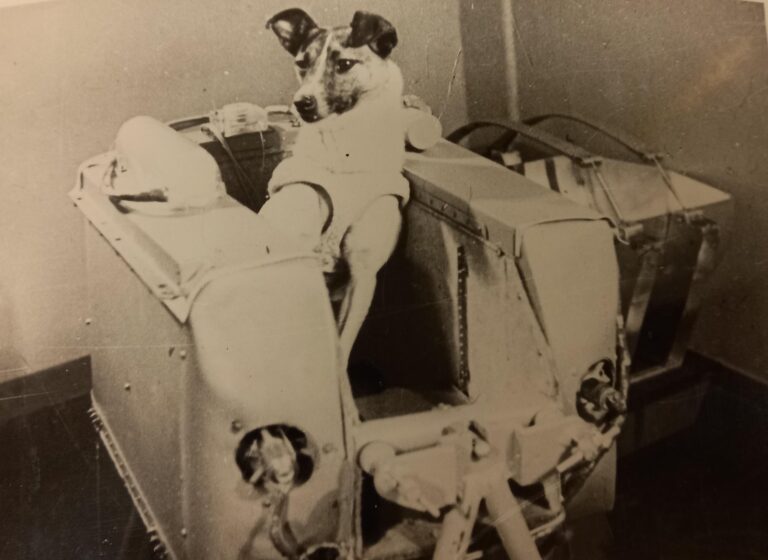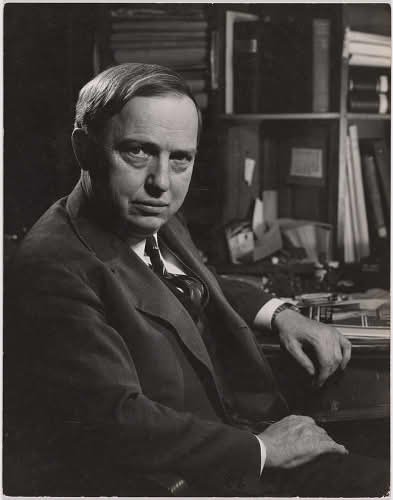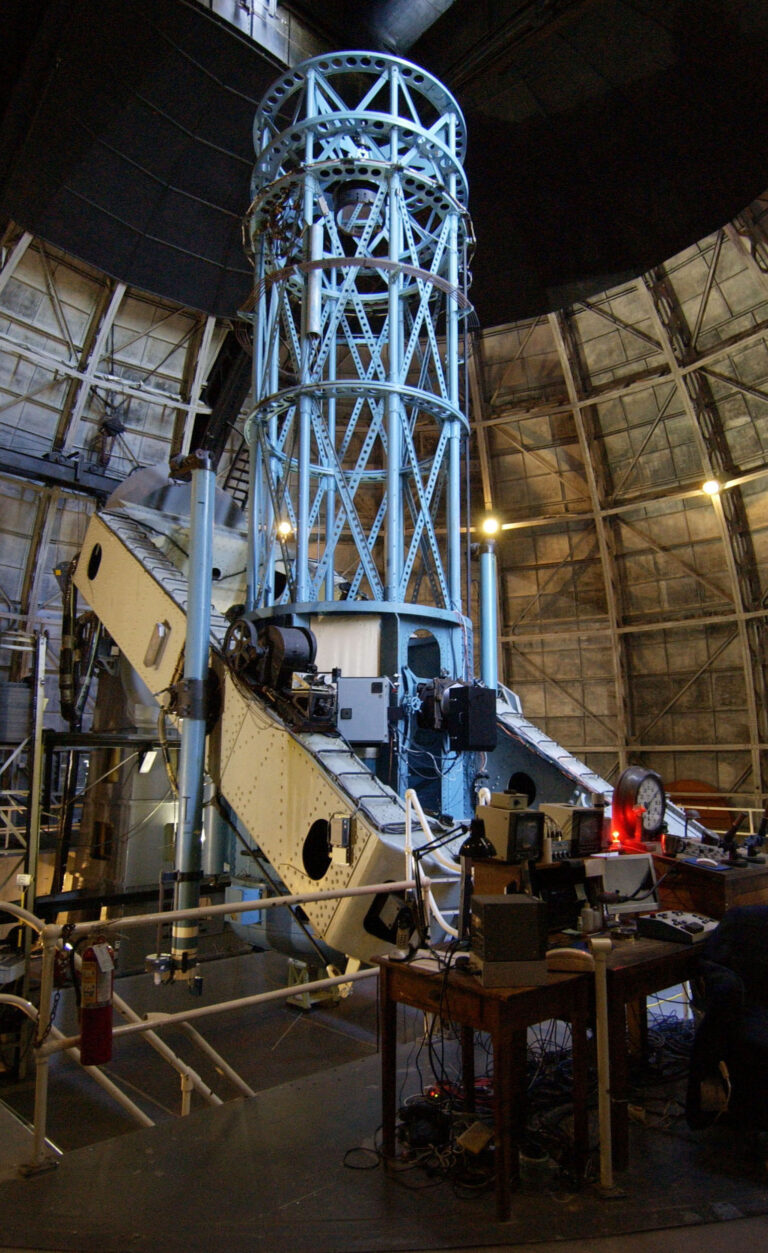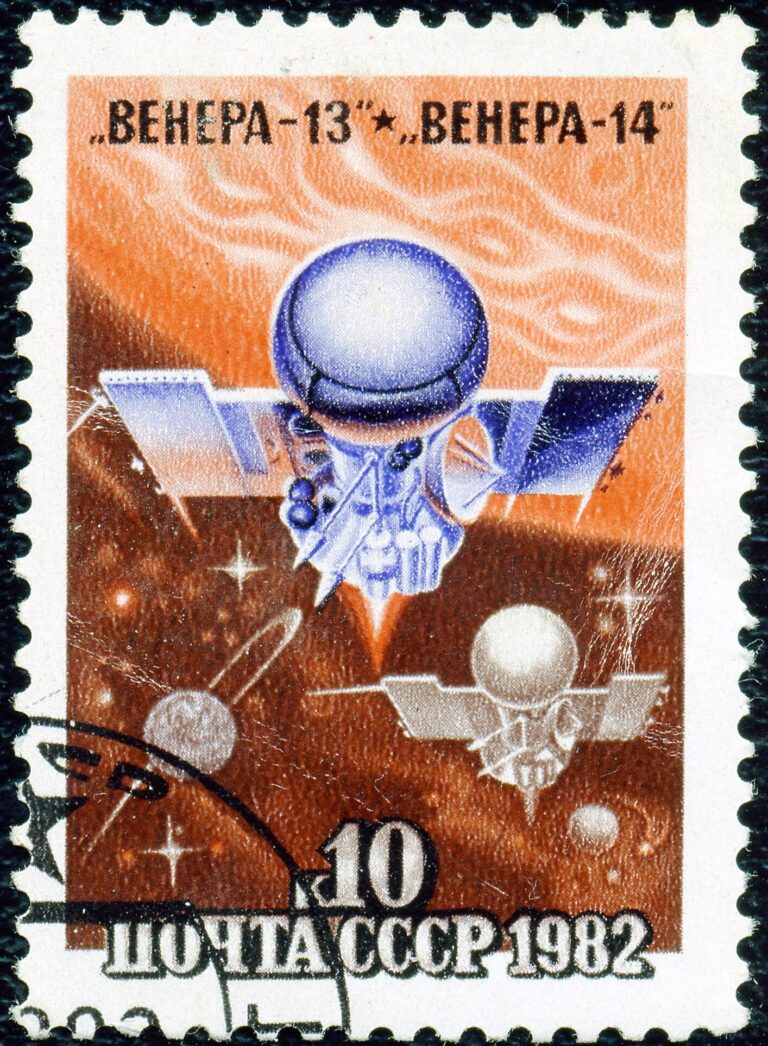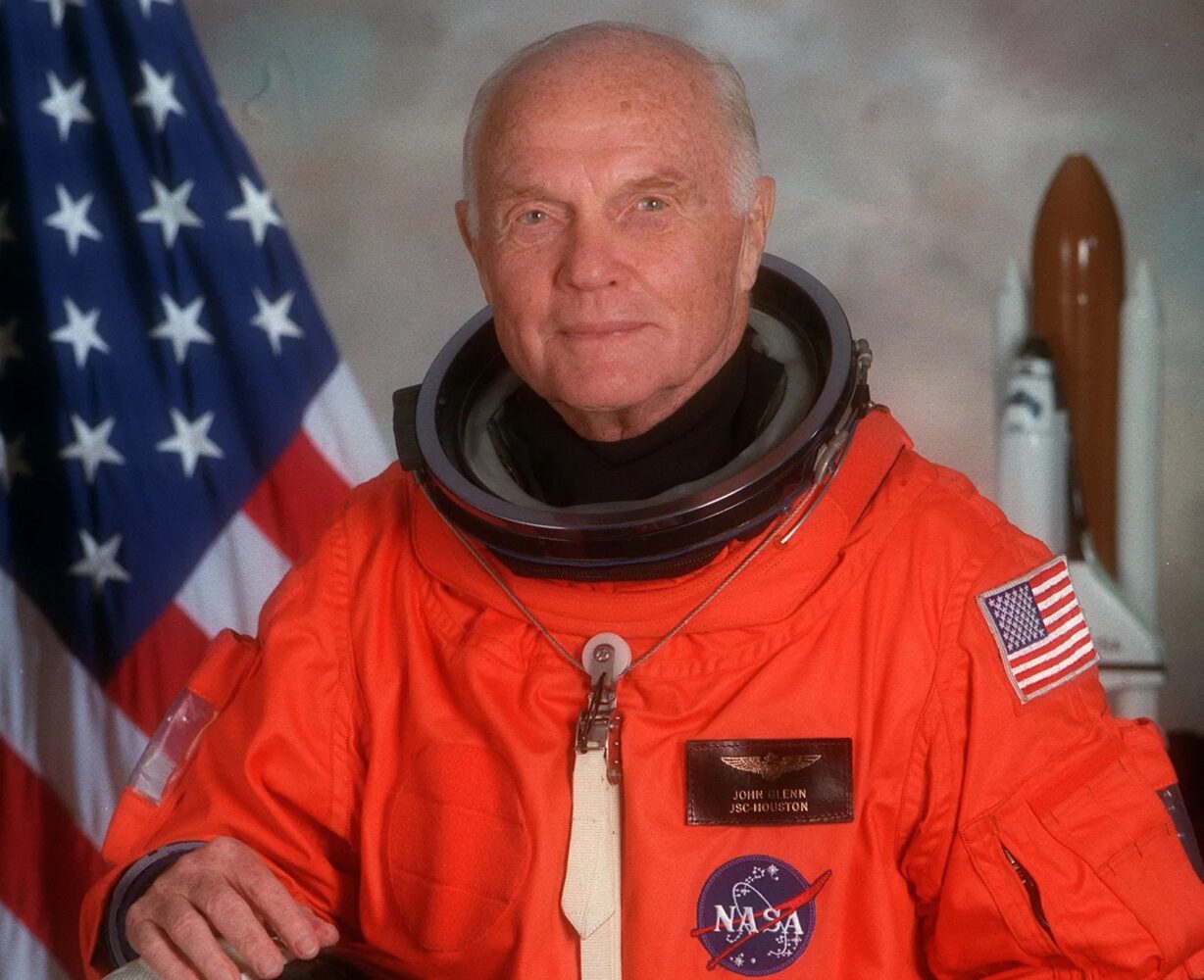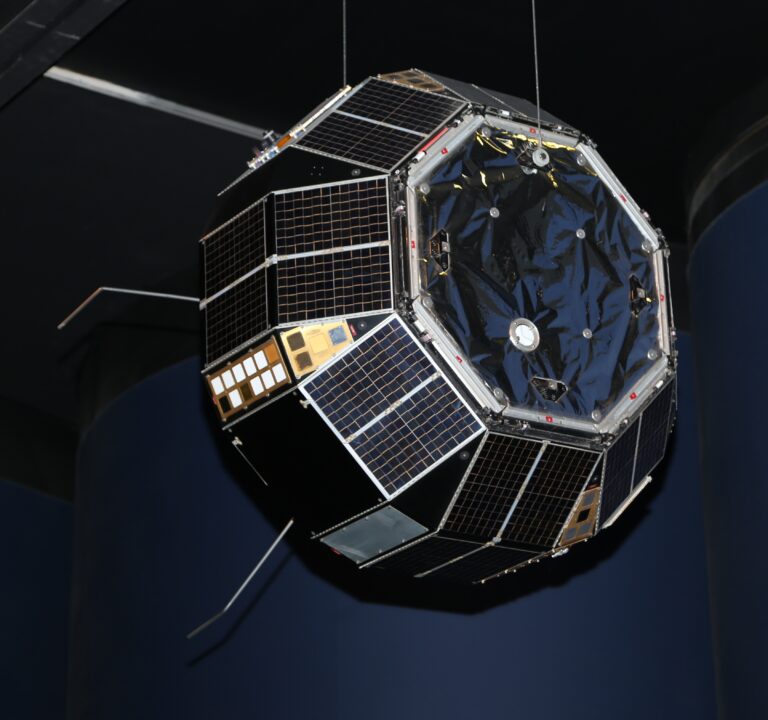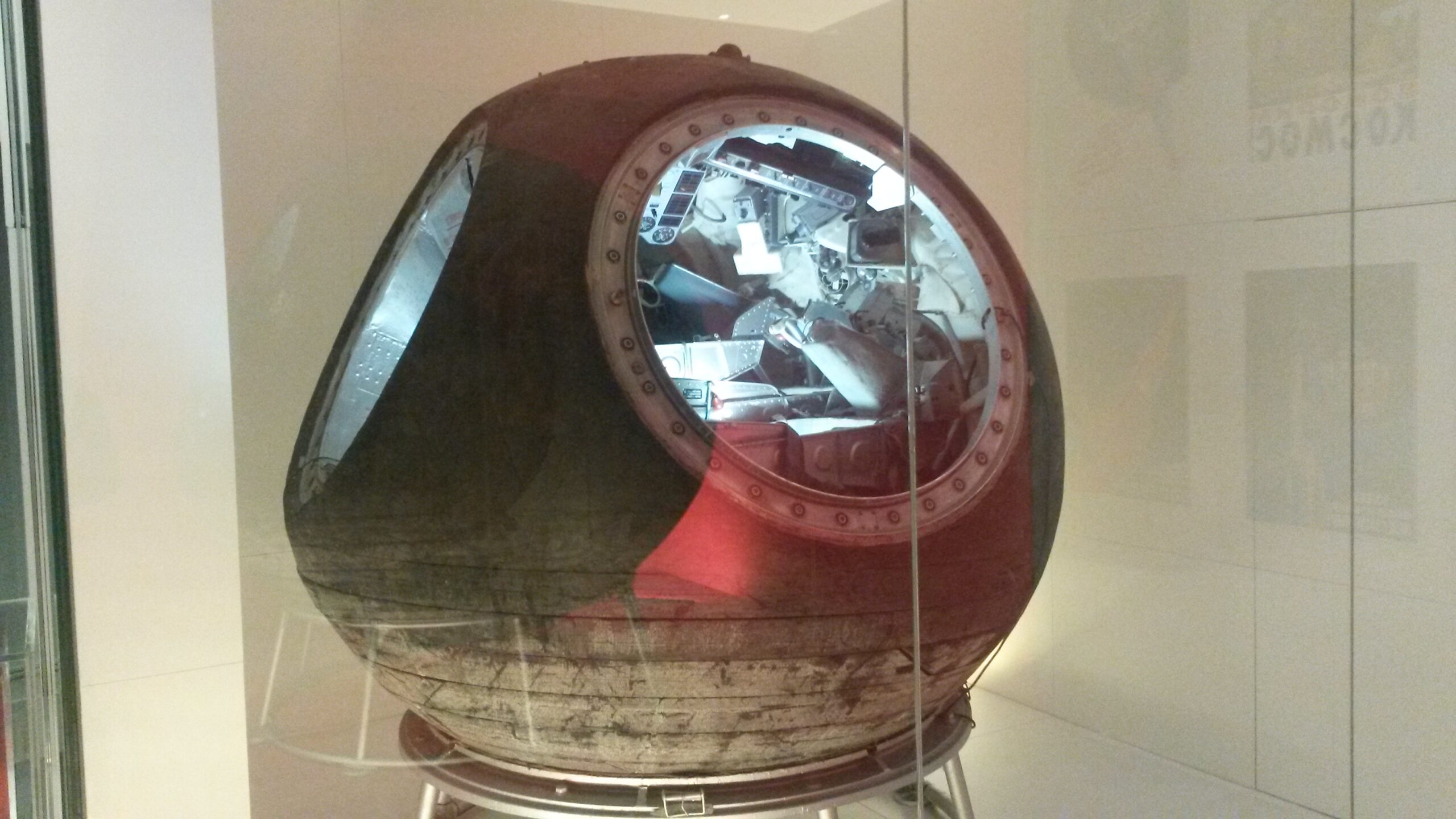
Key Takeaways:
- Voshkod 1, launched on October 12, 1964, inaugurated the second series of Soviet manned spaceflights and represented the first mission by any nation to carry a multi-person crew, comprising three cosmonauts.
- The accommodation of three crew members within a capsule of unchanged dimensions from prior Vostok flights was driven by political pressure, despite technical advancements.
- This mission was pioneering as the first crewed spaceflight where participants did not wear spacesuits, a measure attributed to the constrained internal capacity of the spacecraft.
- Crucially, Voshkod 1 initiated the collection of onboard biomedical data, with a medical doctor among the crew gathering physiological information to inform the planning of future long-duration spaceflights.
Voshkod 1 kicked off the second series of manned Soviet spaceflights, following the Vostok missions that had been the first to put humans in space. When the craft launched on Oct. 12, 1964, for its flight of just over 24 hours, it was the seventh crewed spaceflight for the Soviet Union — but the first for any country with more than one person onboard.
The capsule carried three cosmonauts: Vladimir Komarov, Konstantin Feoktistiv, and Boris Yegorov. Although technical improvements had been made since the Vostok flights, the size of the ship had not changed, and political pressure had pushed the space program to squeeze three crew members in, rather than the planned two. (The Vostok flights had each carried only one person.) As a result, Voshkod 1 was the first flight in which the crew didn’t wear spacesuits — there simply wasn’t the capacity for them in the spacecraft. It was also the first mission during which biomedical information was collected onboard. Yegorov was a medical doctor, collecting blood samples and measuring the blood pressure, brain waves, and muscle condition of his crewmates throughout the flight. The data collected would help the Soviets plan for longer spaceflights in the future.


